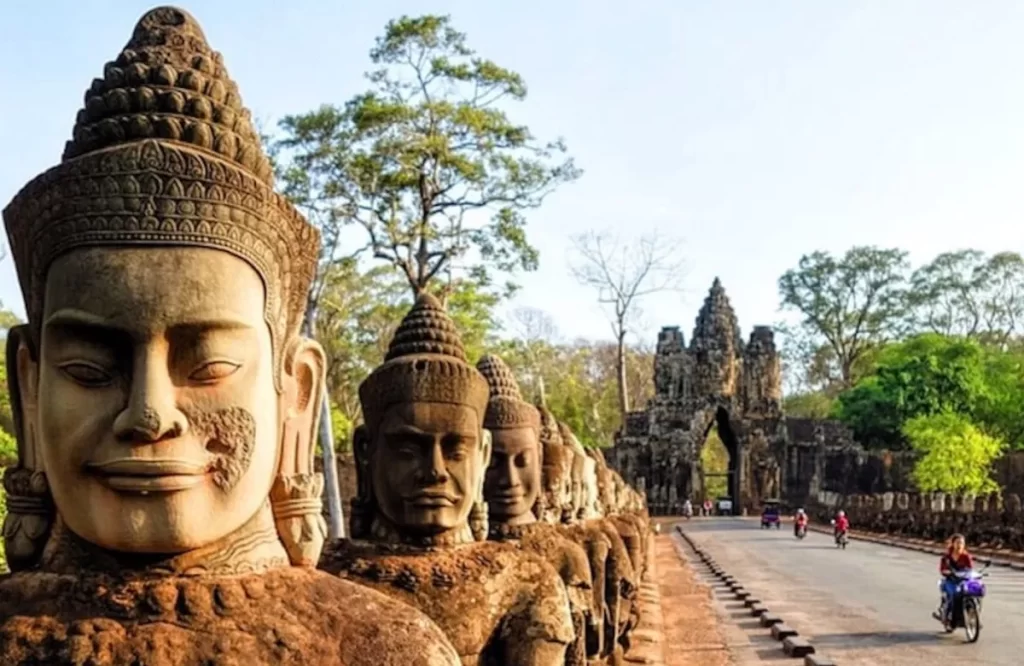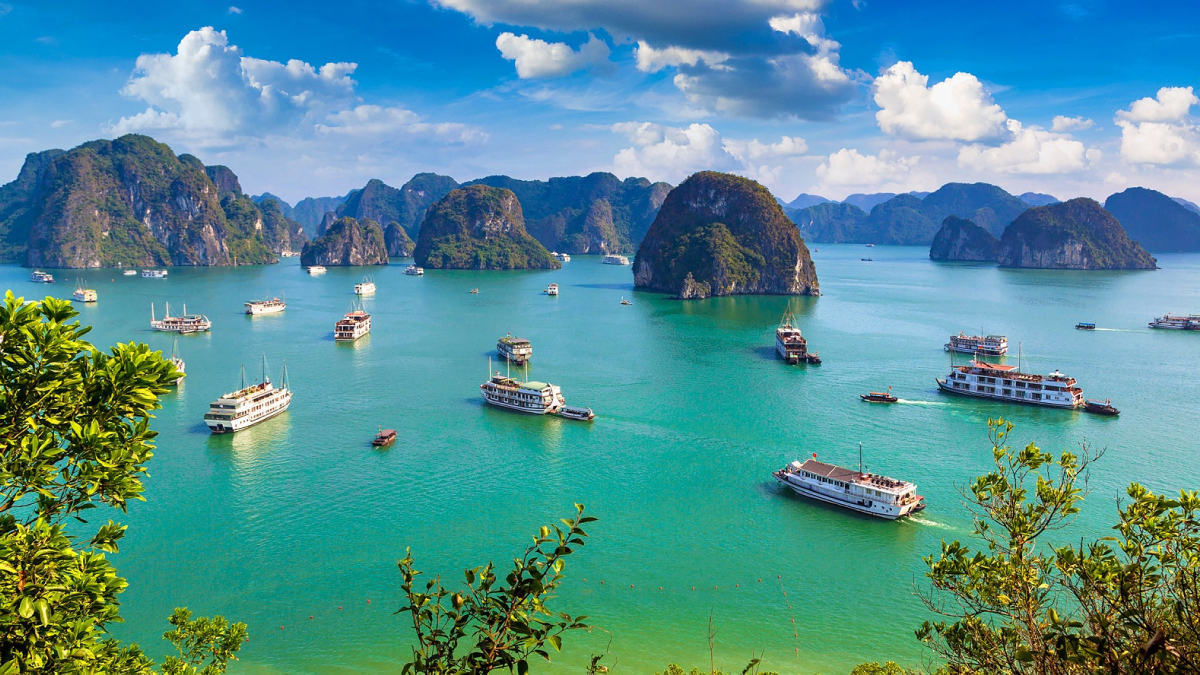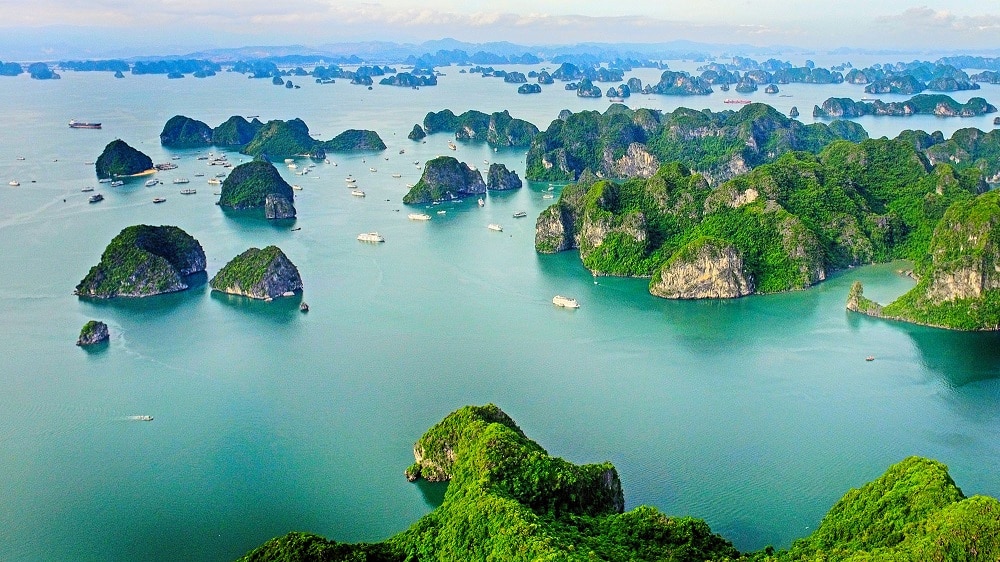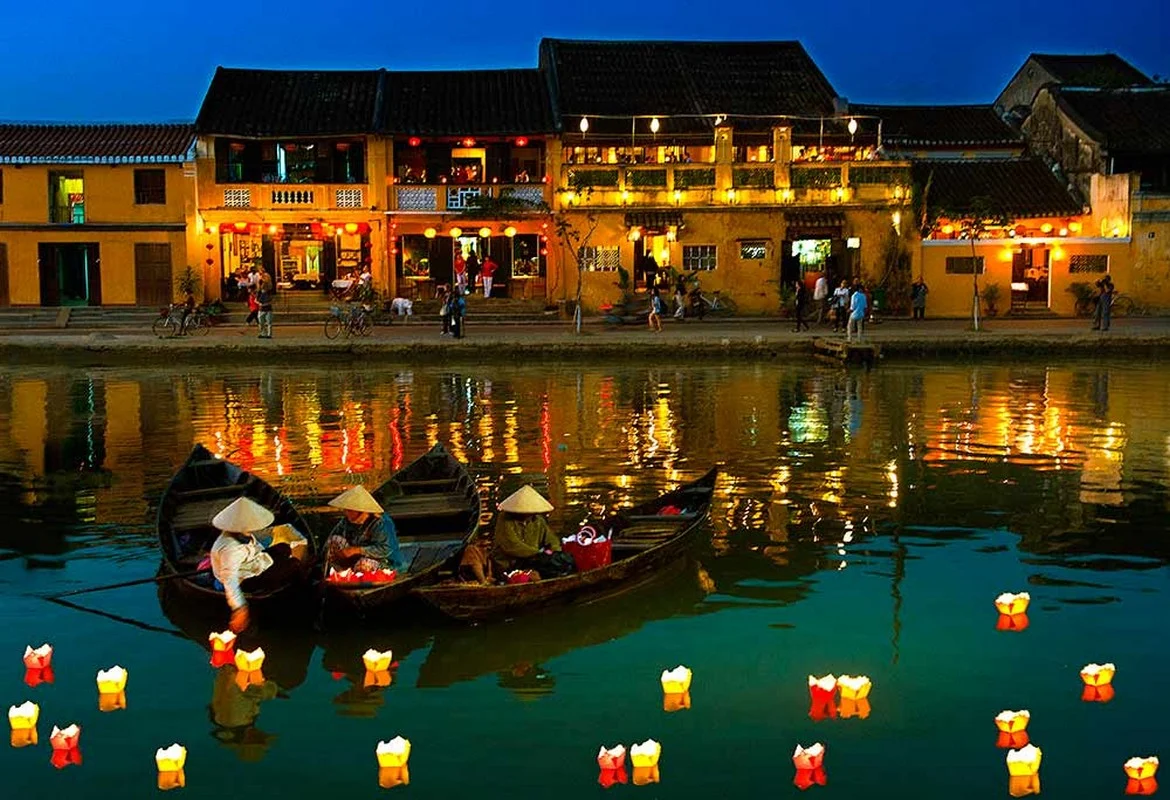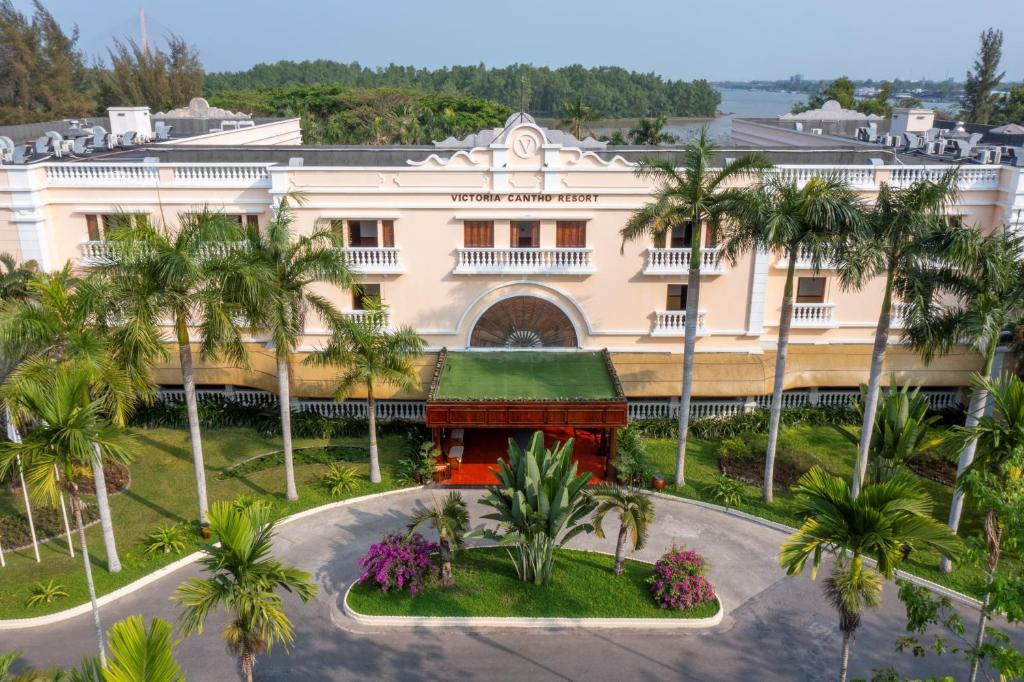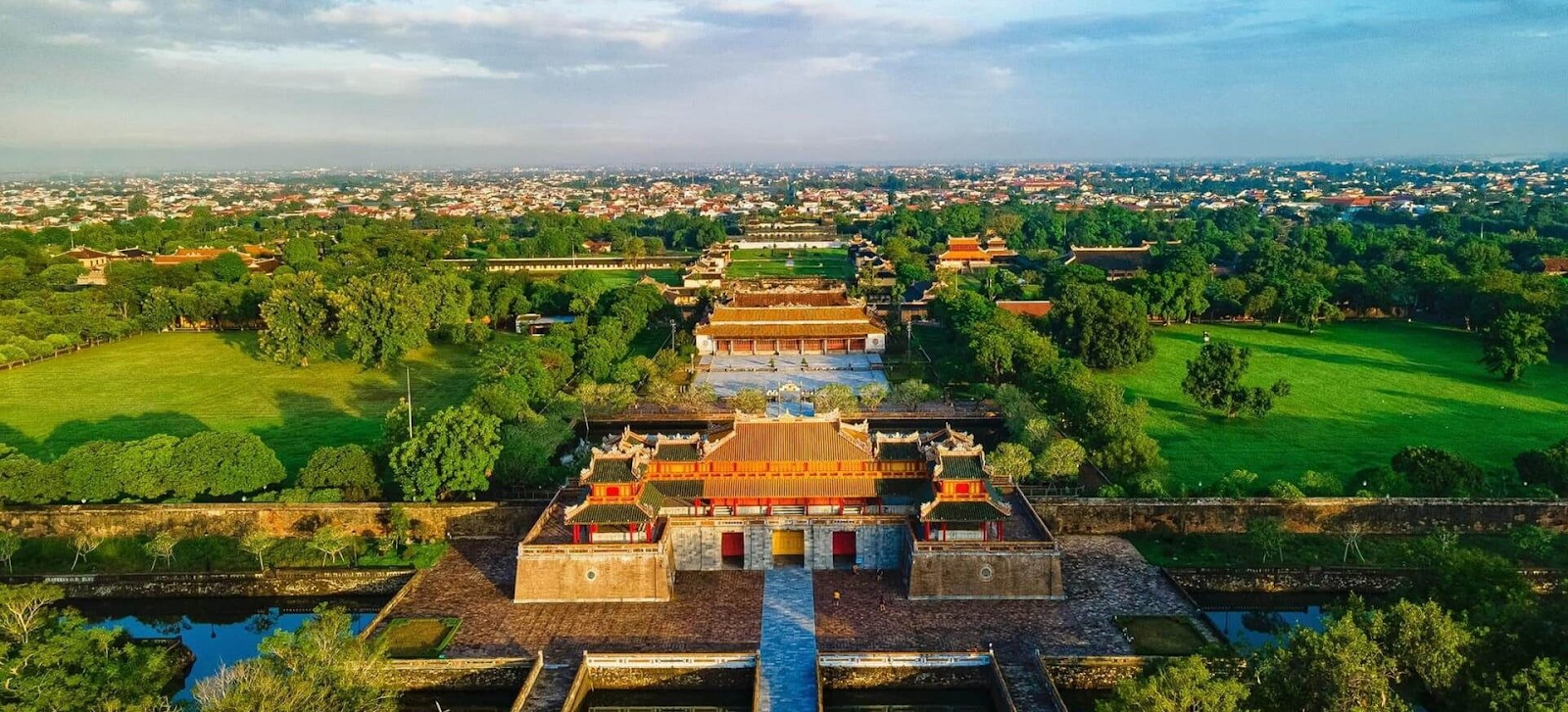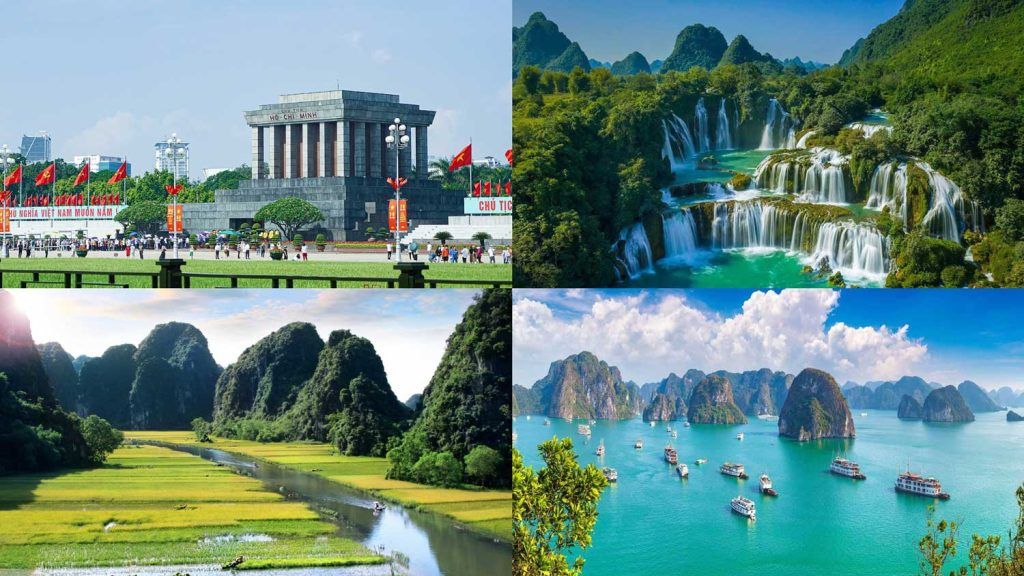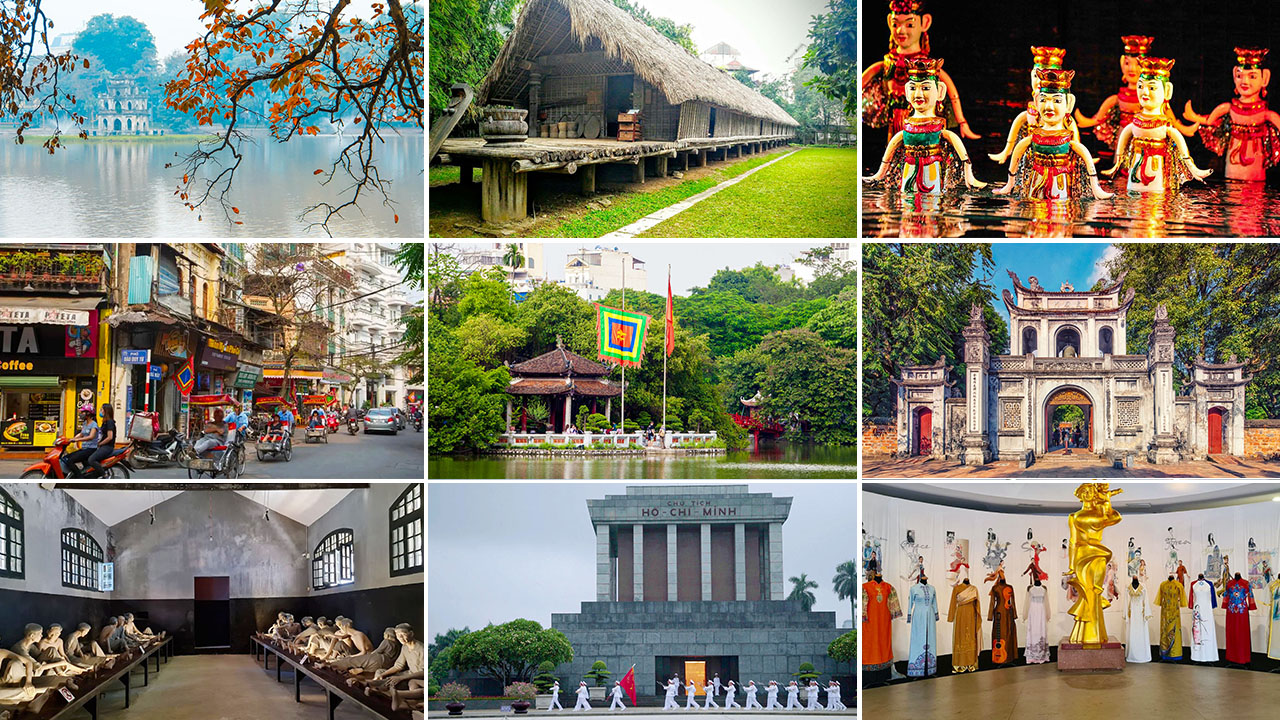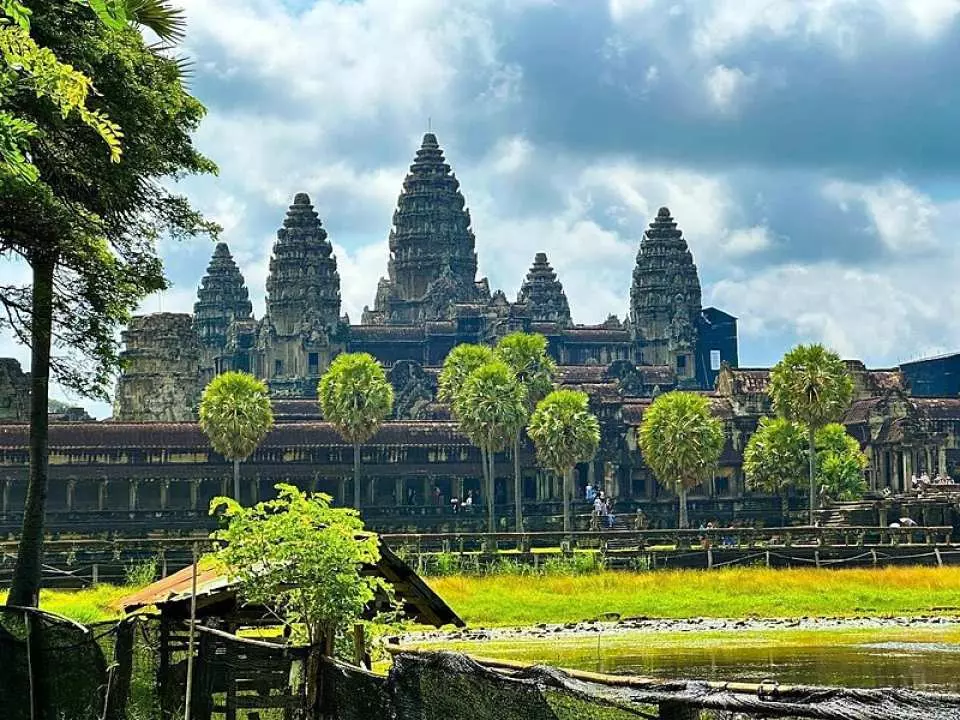
When planning a trip to Cambodia, timing is crucial to make the most of your adventure in this captivating country. The best time to visit Cambodia can significantly enhance your experience, allowing you to explore its ancient temples, vibrant cities, and lush landscapes under the most favorable conditions. This guide’ll delve into the optimal travel periods, highlighting the weather patterns, cultural events, and activities that define the best times to visit Cambodia. Whether you’re drawn to the iconic Angkor Wat, the bustling markets of Phnom Penh, or the serene beaches of Sihanoukville, understanding the ideal times to visit will ensure a memorable and enjoyable journey.
Highlights of weather in Cambodia
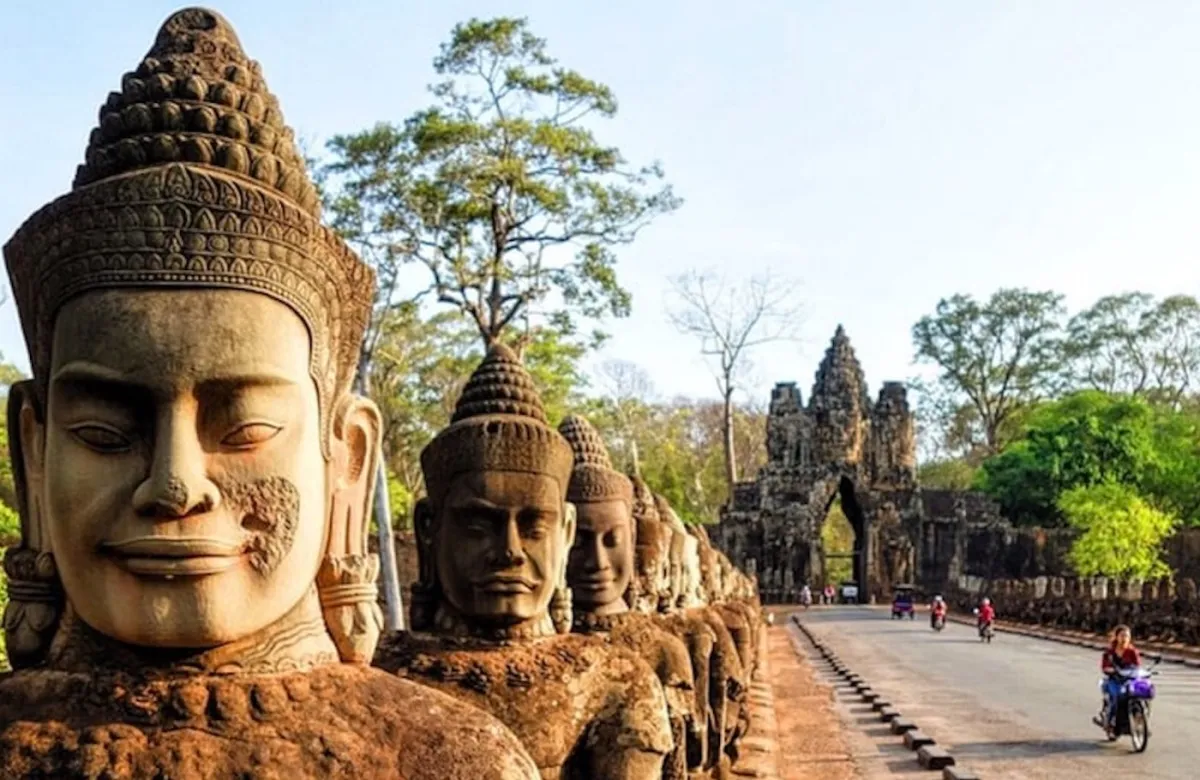
Cambodia, a country steeped in history and culture, boasts a tropical monsoon climate that shapes the experiences of its visitors throughout the year. Understanding Cambodia’s weather patterns is essential for travelers to make the most of their visit, whether exploring ancient temples, vibrant cities, or serene beaches.
The Dry Season: November to April
The dry season in Cambodia, from November to April, is marked by two distinct phases: the cool and pleasant period from November to February and the hot, dry months of March and April.
November to February: Cool and Pleasant
During these months, Cambodia experiences its most favorable weather, with temperatures ranging from 20°C to 30°C (68°F to 86°F). The cool breeze and lower humidity make this the best time to visit Cambodia for outdoor activities and sightseeing. The clear skies and moderate temperatures also provide perfect photography and cultural tour conditions.
March to April: Hot and Dry
As Cambodia transitions into March and April, temperatures rise and often exceed 35°C (95°F), with higher humidity levels. Despite the heat, this period remains popular for beach holidays and temple visits, especially if activities are planned for early morning or late afternoon to avoid the scorching midday sun.
The Wet Season: May to October
From May to October, the wet season is characterized by increased rainfall and lush green landscapes. This season can be divided into the early rainy months and the peak rainy period.
May to June: Transition to the Wet Season
May and June mark the beginning of the rainy season, with temperatures around 30°C to 35°C (86°F to 95°F) and the onset of occasional showers. Travelers can enjoy a visually appealing backdrop as the landscape begins to green up. Tourist sites are less crowded, and the occasional rains provide a break from the heat, making it a good time for cultural tours and countryside exploration.
July to October: Peak of the Rainy Season
The months from July to October experience the heaviest rainfall, particularly in September and October. Temperatures during this period range between 25°C to 30°C (77°F to 86°F), and the countryside reaches its peak beauty, with vibrant green rice fields and full rivers. Travelers on a budget will also benefit from travel deals and discounts during the rainy season.
Practical Travel Considerations
When planning a trip to Cambodia, it’s crucial to consider the implications of the weather on travel logistics and health. During the hot season, travelers should stay hydrated, wear appropriate sun protection, and plan activities to avoid peak heat. It’s wise to pack waterproof gear in the rainy season and be prepared for potential travel delays due to weather conditions.
When’s the best time to visit Cambodia
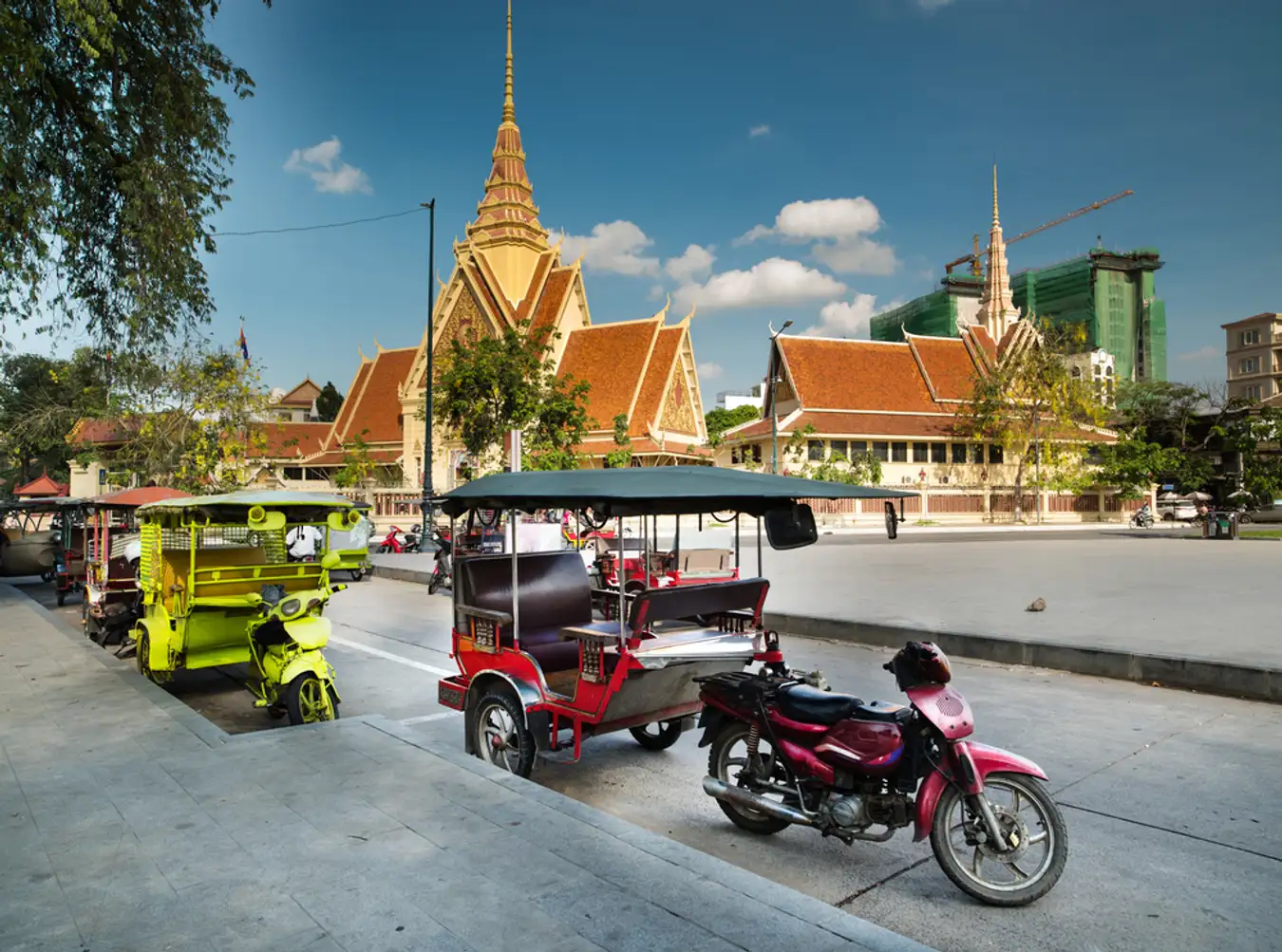
The Dry Season: November to April
November to February: The Cool and Pleasant Period
The best time to visit Cambodia is during the cool season, from November to February. During these months, the weather is at its most favorable, with temperatures ranging from 20°C to 30°C (68°F to 86°F). The lower humidity and cooler temperatures create ideal conditions for exploring the country’s iconic landmarks and engaging in outdoor activities.
- Advantages: This period offers clear skies, which are perfect for photography and sightseeing. The pleasant weather allows travelers to comfortably visit the Angkor Wat complex, stroll through the bustling streets of Phnom Penh, and relax on the beaches of Sihanoukville and Kep. Additionally, many cultural festivals during these months provide a deeper insight into Cambodian traditions and celebrations.
- Activities: This season is ideal for temple tours, cultural excursions, and outdoor adventures like trekking and biking. The annual Water Festival (Bon Om Touk), usually held in November, is a spectacular event to mark the reversal of the Tonle Sap River and features boat races, fireworks, and lively celebrations.
March to April: The Hot and Dry Period
As the cool season transitions into the hot season from March to April, temperatures can soar above 35°C (95°F). While the heat can be intense, it’s still a popular time for beach holidays and temple visits, provided you plan your activities to avoid the midday sun.
- Advantages: The hot season is less crowded than the peak cool season, which can make for a more relaxed and personal experience at popular tourist sites. Coastal areas become particularly appealing as a retreat from the inland heat.
- Activities: This is a great time for early morning or late afternoon temple visits, beach activities, and water sports. The Khmer New Year (Chaul Chnam Thmey) is celebrated in mid-April with traditional games, dances, and ceremonies that provide a vibrant cultural experience.
The Wet Season: May to October
May to June: Early Rainy Season
The onset of the rainy season begins in May and June, characterized by increasing humidity and occasional showers. Temperatures remain warm, around 30°C to 35°C (86°F to 95°F). Still, the rain starts to refresh the landscape.
- Advantages: Early in the rainy season, the weather can be pleasant, with fewer tourists and lower prices. The occasional rains can provide a welcome break from the heat and enhance the countryside’s natural beauty.
- Activities: This is a good time for cultural tours and exploring the rural areas, where the early rains bring out the vibrant greenery. The fewer crowds make it an ideal time for a more intimate experience of Cambodia’s attractions.
July to October: Peak Rainy Season
The peak of the rainy season occurs from July to October, with heavy rains, particularly in September and October. Temperatures are slightly cooler, from 25°C to 30°C (77°F to 86°F), but the frequent downpours can impact travel plans.
- Advantages: Despite the rain, this period showcases Cambodia’s most beautiful countryside, with lush landscapes and full rivers. Additionally, it’s the least crowded time, so you can enjoy the country’s natural and cultural sites in peace. Additionally, travel costs are typically lower during the rainy season.
- Activities: The rainy season is ideal for photographing, visiting floating villages, and experiencing the local way of life without the usual tourist crowds. The flooding of the Tonle Sap Lake creates unique opportunities for boat tours and witnessing the dynamic water-based lifestyles of local communities.
Other FAQ About When to Visit Cambodia
- Is it worth visiting Cambodia during the rainy season?
Yes, visiting Cambodia during the rainy season (May to October) can be worthwhile. The landscape is lush and green, tourist sites are less crowded, and travel costs are typically lower. However, be prepared for heavy rains, especially in September and October, which can occasionally disrupt travel plans.
- When is the hottest time of the year in Cambodia?
The hottest time of the year in Cambodia is March to April. During these months, temperatures can soar above 35°C (95°F), making outdoor activities quite challenging.
- What are the major festivals in Cambodia, and when do they occur?
Water Festival (Bon Om Touk): Usually in November, marking the reversal of the Tonle Sap River with boat races and celebrations.
Khmer New Year (Chaul Chnam Thmey): Celebrated in mid-April, featuring traditional games, dances, and ceremonies.
Pchum Ben: Ancestor’s Day, in September or October, when Cambodians respect their deceased ancestors with ceremonies and offerings.
- Is December a good time to visit Cambodia?
Yes, December is an excellent time to visit Cambodia. The weather is cool and dry, perfect for exploring temples, cities, and beaches. However, it is also the peak tourist season, so expect more visitors and higher prices for accommodations.
- Are there any health considerations when visiting Cambodia?
Yes, health considerations include staying hydrated and protecting yourself from mosquito-borne diseases such as dengue fever during the rainy season. It’s advisable to consult a healthcare provider for vaccinations and health advice before traveling.
- Is it safe to travel during the rainy season?
Traveling during the rainy season is generally safe, but be prepared for potential travel disruptions due to heavy rains and floods. Plan accordingly and stay updated on weather conditions.
- Can I visit the beaches in Cambodia year-round?
Yes, Cambodia’s beaches can be visited year-round, but the best time is during the dry season (November to April) when the weather is sunny and pleasant. Some coastal areas may experience rough seas and reduced ferry services during the rainy season.
Readmore: Top 10 Things To Do In Cambodia
Vietnam Tour 247 – Reputable Cambodia tour agency

Vietnamtour247 is a premier travel agency in Vietnam, and it is celebrated for designing personalized private tours and multi-day excursions across Vietnam, Laos, Cambodia, Thailand, and Bali. As a proud Allure Vietnam Travel Group member, we are dedicated to providing exceptional travel experiences tailored to each client’s unique preferences. Our extensive range of Vietnam tour packages spans Southeast Asia’s most popular destinations and highlights, catering to every type of traveler. Whether you’re drawn to vibrant urban centers, serene rural landscapes, rich cultural experiences, or awe-inspiring natural wonders, our flexible tours fit seamlessly with your preferences, budget, and schedule.
For those planning a trip to Cambodia, we offer comprehensive options such as the “Signature Vietnam & Cambodia – 12 Days” and the “Signature Indochina Tour (Vietnam – Laos – Cambodia) – 15 Days.” These packages ensure an unforgettable exploration of Cambodia’s rich history, stunning architecture, and vibrant culture. Recognized as the best time to visit Cambodia, our tours are timed to provide optimal weather and cultural experiences. With its rich history and cultural significance, Cambodia is a must-visit destination, and Vietnamtour247 curates immersive experiences from Angkor Wat to the markets of Phnom Penh. Our personalized service ensures your trip matches your vision, with experienced travel consultants customizing your itinerary to exceed expectations.
Trust Vietnamtour247 to provide an enriching and unforgettable journey through Southeast Asia, perfectly tailored to your desires and expectations.
In conclusion
Determining the best time to visit Cambodia depends largely on your preferences and the experiences you seek. The cool and dry season from November to February is the best time to visit Cambodia due to its pleasant weather. Although warmer, the hot season from March to April offers unique cultural experiences like the Khmer New Year. Meanwhile, the rainy season from May to October, despite the frequent showers, presents lush landscapes, fewer tourists, and potential travel discounts. Understanding Cambodia’s weather patterns and planning your trip can ensure an enriching and unforgettable journey through this captivating country.
Read more: Travel Agency Vietnam: Best Travel Agency for Vietnam Tours

